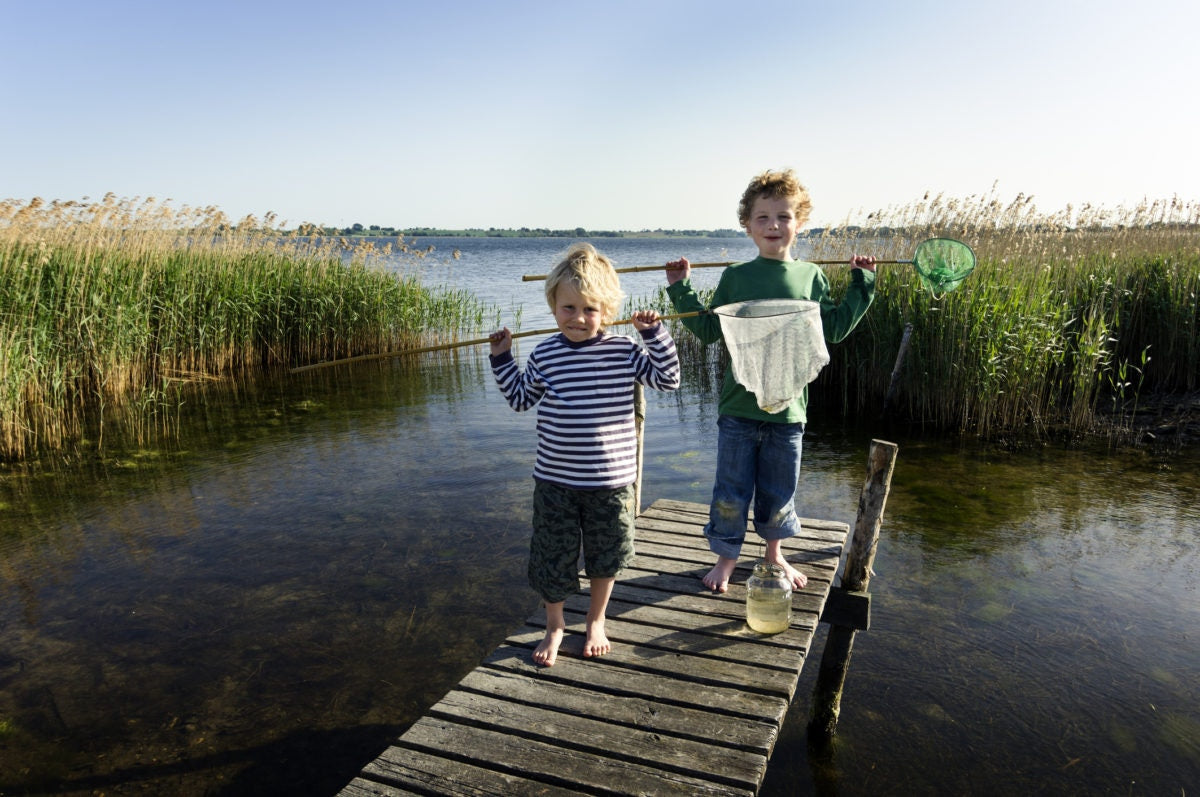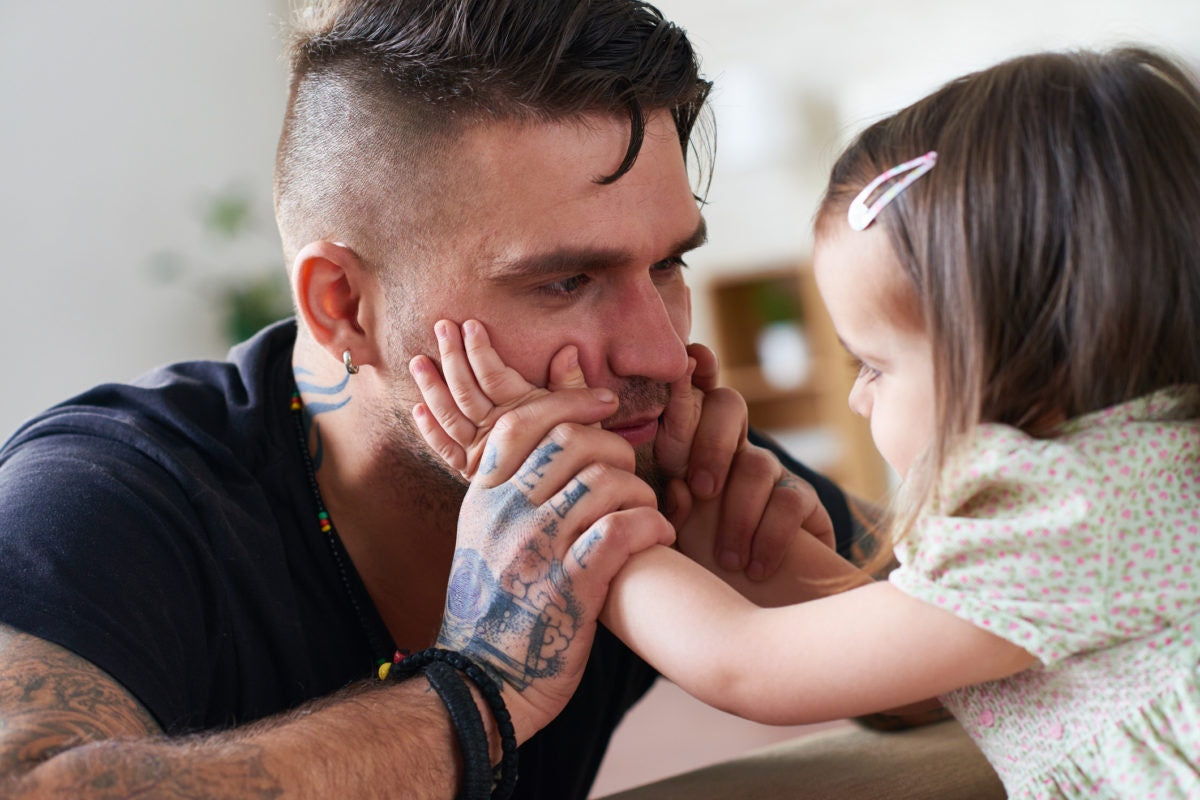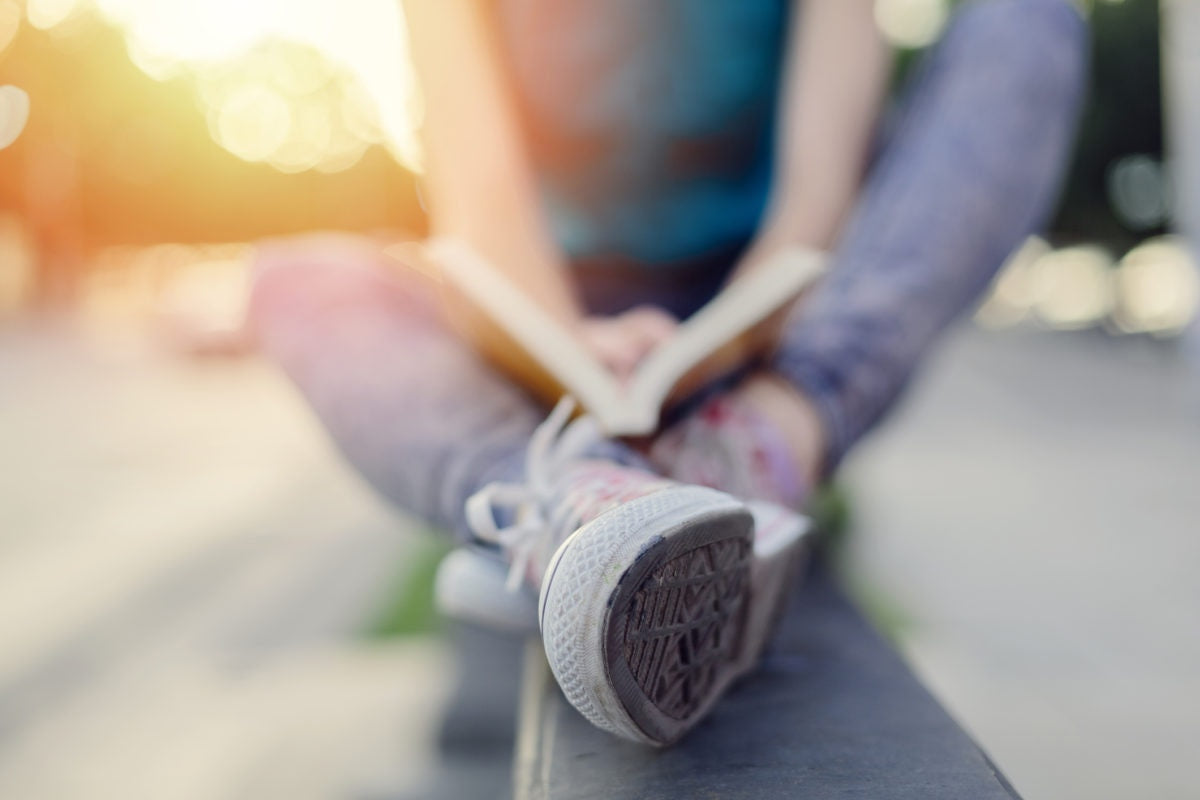Every parent who has been through the inquisitive toddler stage is familiar with this conundrum: Young children often want to know far more about the things we forgot from our 6th grade science classes than what we remember. “But why does water freeze when it gets cold?” “Why does the moon change shapes?” “What kind of butterfly is that?” I can muddle through the first two with pseudo-scientific and possibly correct explanations, but the last one gives me pause. Often, I have to say “A yellow one,” and move on. It’s not that I want to brush off their inquisitiveness. Typically, I just don’t have the answer. Knowing the names of local plants and animals is a skill most of us have lost over the last several generations. But giving our children a naturalist’s education can be a powerful way to help develop science and language skills, as well as provide them with a deeper connection to the world around them. If you think about it, we already spend plenty of time teaching children the names of animals – just not ones they are likely to see. My son’s blankets are dotted with giraffes, elephants, and monkeys. They read alphabet books where P is is for Penguin and W is for Whale. They can name a dozen dinosaurs, but I am certain they will never stumble upon one in real life. The animals they do come in contact with on a day to day basis – tree sparrows, chickadees, European starlings – we tend to overlook. Because they are common place, we ignore them despite knowing little about them. Until a few years ago, I hardly even knew the names of any birds besides crows and robins. Children’s brains, however, are primed for putting names to the objects that fill their environment. But as kids spend more and more time indoors, their naturalist tendencies for cataloging have honed in on corporate brands. A 2010 study found that children as young as preschool age can already recognize brands such as Toyota, Disney, and McDonald’s. Nearly 93 percent of children in the study could recognize McDonald’s Golden Arches. In his book “How to Raise a Wild Child”, Dr. Scott Sampson asserts that children today can recognize 1,000 corporate logos but as few as 10 plants native to their area. This imbalance is not surprising when kids spend as many as seven hours a day in front of screens and less than 10 minutes on average outside in unstructured play. Virtually any educational pursuit would be preferable to memorizing corporate brands, but there are several reasons we should prioritize learning local plants and animal. Taking a deeper look at the inhabitants of a local park or pond can benefit not only kids, but adults as well. While we may be guilty of treating our local flora and fauna as uninteresting, our children have no reason to believe that spying the common field grasshopper is less thrilling than seeing an elephant the zoo. The novelty of each encounter a child has with nature imbues the world with wonder, even in instances we would consider mundane. We might consider dandelions to be a pesky weed, but for children, their fluffy spheres are nothing but a scientific joy. This sense of wonder and fascination isn’t limited to children. Numerous studies have shown that spending time in nature reduces stress for adults, and can even lead to an increase in creativity. While turning on the TV for some peace and quiet at the end of a long day might be a short term solution, heading to a local park to hunt for wildflowers might be the most effective stress reliever. There is, however, a bigger reason that children – and adults – would benefit from learning about their natural environment. Research shows that the more time children spend outdoors doing meaningful activities like hiking or fishing, the more likely they are to participate in pro-environmental behaviors such as recycling or turning off lights. Teaching children about the intricacies of their local ecosystems can help foster a sense of connection to nature. There may not be much inherent value in knowing that a Western Hemlock is a Western Hemlock. But we may find that instead of seeing a clump of “trees” with “birds” flying about, we notice the variation around us – maples, spruce, firs, warblers, finches, hawks. The world starts to become more alive, and we become more grounded in it and more apt to protect it. I knew little when I first started teaching my kids about the natural world, and we have learned together. With the help of a few basic bird and wildflower books, the expertise of more knowledgeable friends, some kid-friendly binoculars, and some field guide apps, we have slowly been able to put names to what we see. Children’s books about local flora and fauna might not be as common as ones about giraffes and elephants, but when we find them, we read them. Every time we learn the answer to one new plant, we notice a dozen more behind it and the search continues. This summer, my family had the opportunity to take a brief trip to Glacier National Park. The temperatures in had been in the upper 90s for weeks, and my sons were thrilled to find themselves on a snow covered hike in their shorts and T-shirts. They saw the delicate glacier lilies, which pop up in areas snow has just melted, and the rare beargrass flower that was enjoying a particularly good bloom that year. Along the trail, they found bits of fur that mountain goats had left behind. “I. Love. Nature!” my oldest yelled while running through the snow. And I understand why. It’s the perfect outlet for all of a preschooler’s needs: a place to discover and ask questions, and a place to burn off boundless energy. I’ve never managed to sate my children’s curiosity when we are outdoors, but seeing it blossom even more has proved to be more satisfactory.



